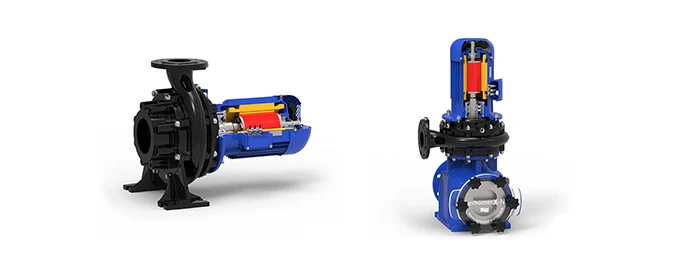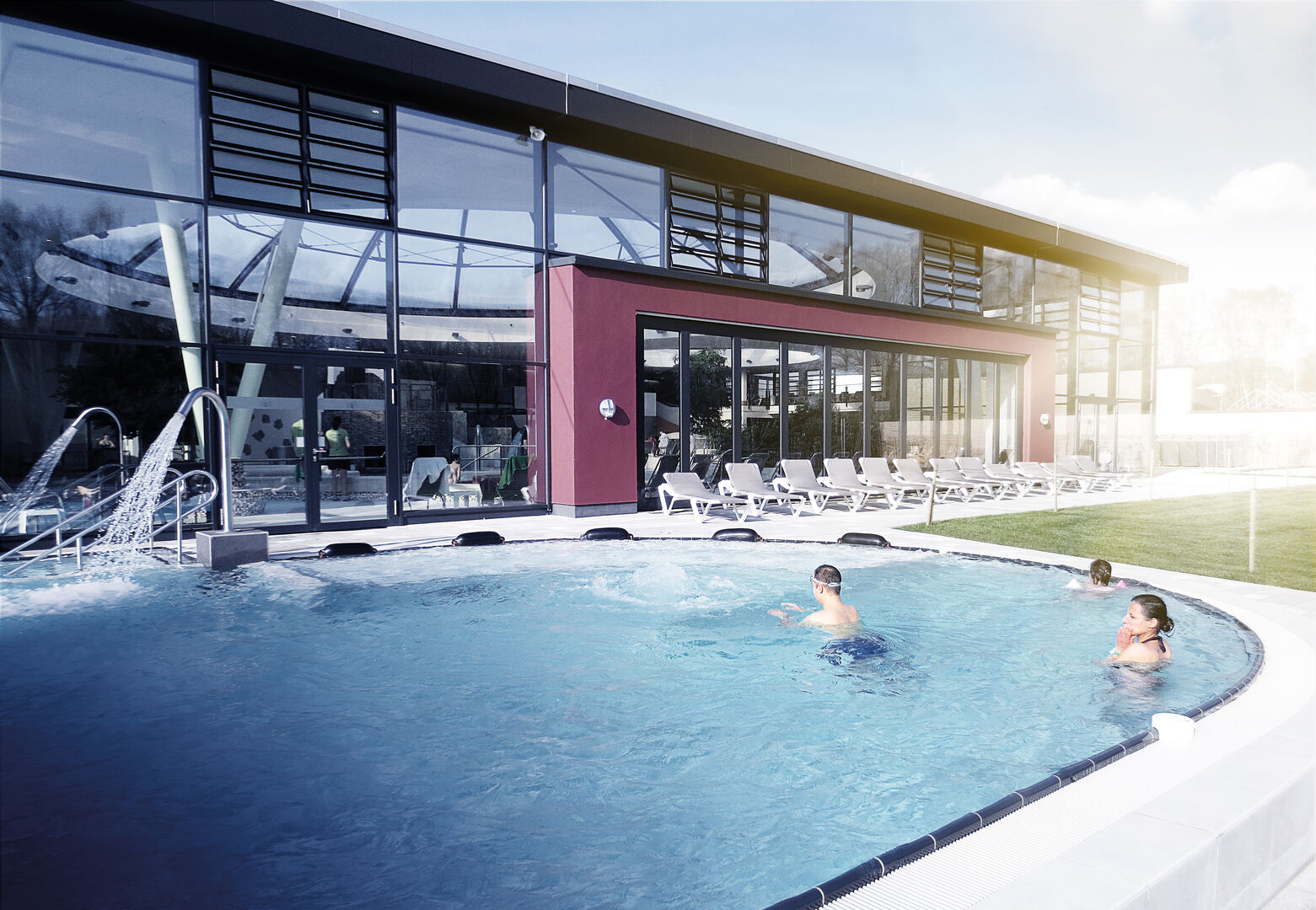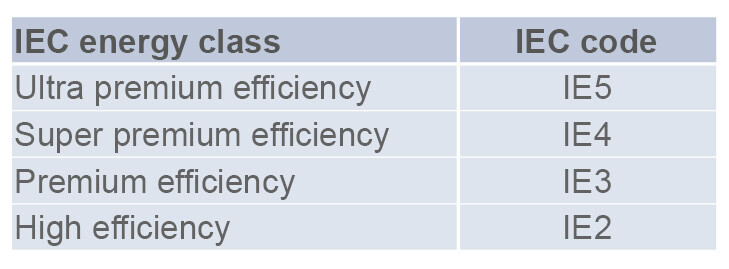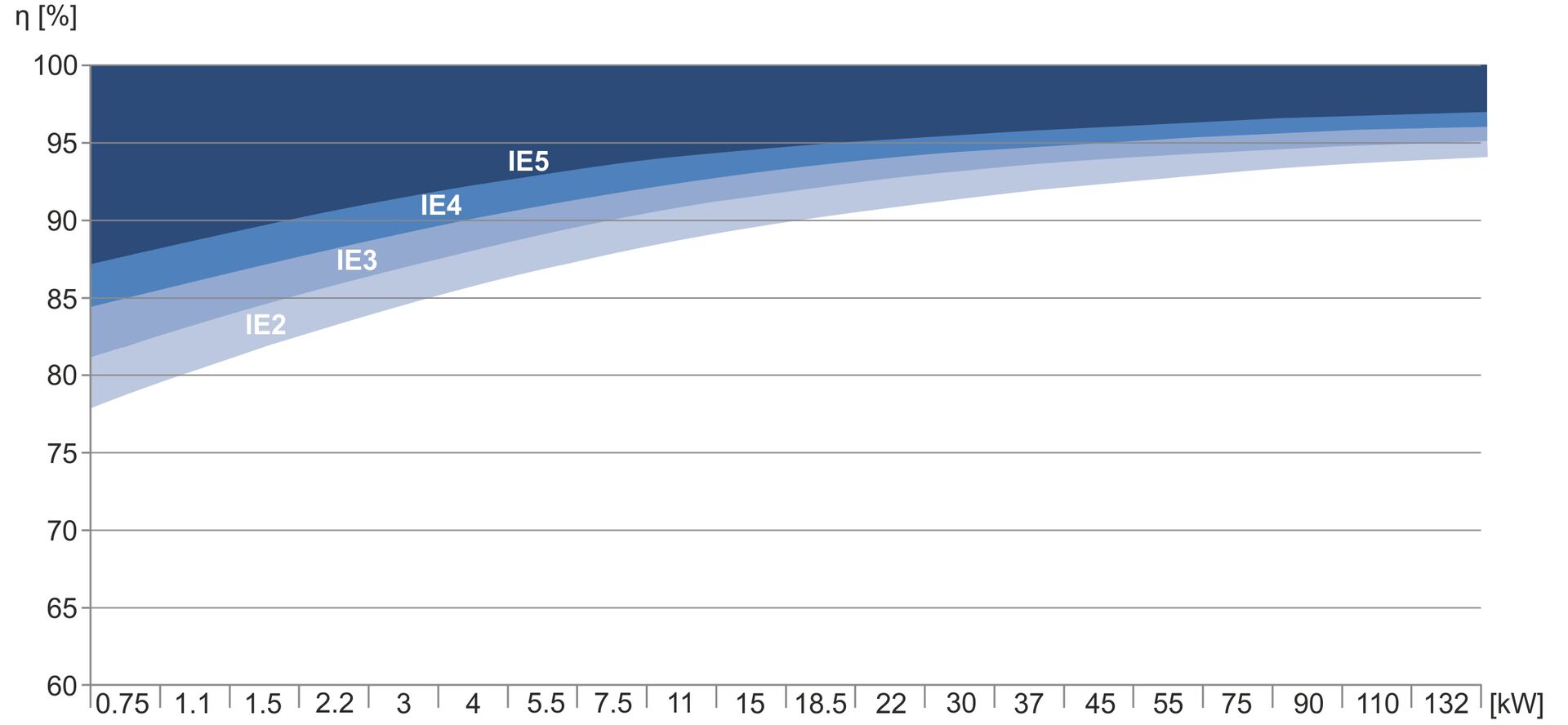Save energy each step of the way with herborner’s innovative and energy-efficient permanent magnet pump motors. Discover what separates herborner from the rest in this case study from the herborner official website.
With the use of IE5 motors, Herborner Pumpentechnik is bringing in a new era of energy efficiency in the world of pump technology: PM motors (permanent magnet motors) of energy class IE5 reduce the losses compared to IE4 motors by a further 20%, all while improving efficiency by up to 13% in the process.
MORE PERFORMANCE, LESS COSTS!
The new technology of PM motors (synchronous motors) gives you three decisive benefits:
- Better performance through excellent levels of efficiency
- Lower operating costs due to high energy savings
- Higher profitability thanks to energy savings and lower operating costs
- Reduced CO2 emissions due to lower power consumption
BENEFIT FROM TOMORROW’S TECHNOLOGY TODAY!
PM motors have already reached the efficiencies that will soon be required by law and consistently achieve motor efficiencies that comply with the highest currently achievable efficiency class: IE5.
OPTIMALLY SUITED FOR SWIMMING POOL TECHNOLOGY
PM motors are ideally suited for use in swimming pool technology because the frequency converters needed to operate the PM motors are already being widely used in this field. Benefit from a more efficient, frequency regulated and therefore process-optimized drive system for your swimming pool circulation pumps.
With the new technology, Herborner Pumpentechnik has been successful in greatly minimizing drive losses.
The specified efficiency standards that motors will have to comply with depending on category in accordance with the IEC code are IE3 or IE2 with frequency converter. PM motors have an efficiency of IE5!
ENERGY CLASSIFICATION OF ELECTRIC MOTORS
HIGHEST EFFICIENCY: ADVANTAGES COMPARED TO ASYNCHRONOUS MOTORS
In comparison with the asynchronous motors that are still frequently used in swimming pool technology, the synchronous motor (PM motor) has clear advantages. This is because asynchronous motors have a lower efficiency than synchronous motors due to rotor slippage. The smaller the asynchronous motor, the higher the losses and thus the worse the efficiency.
In these applications, PM motors are the optimum alternative which is demonstrated most clearly in the night-time energy reduction in swimming pools. Thus, asynchronous motors significantly lose efficiency in speed reduction, while PM motors retain the efficiency advantage and thus have considerable energetic advantages over asynchronous motors.
The pump curve shown in the diagram with 3 kW drive output compares the electrical power consumption (efficiency) of the PM motor with an asynchronous motor. The PM motor has a considerably lower power consumption.
AN INVESTMENT THAT QUICKLY PAYS OFF!
At today’s high energy costs, the higher investment into this profitable technology pays off rapidly. With a pump life in swimming pool systems of 8,000 hours per year, the high investment is easily amortized in less than 1.5 years (depending on the motor power and duty point).
If you have any questions about hernorner pumps or the energy savings they can provide, contact Aquify today.
This blog was written by and originally published by herborner on their website.



